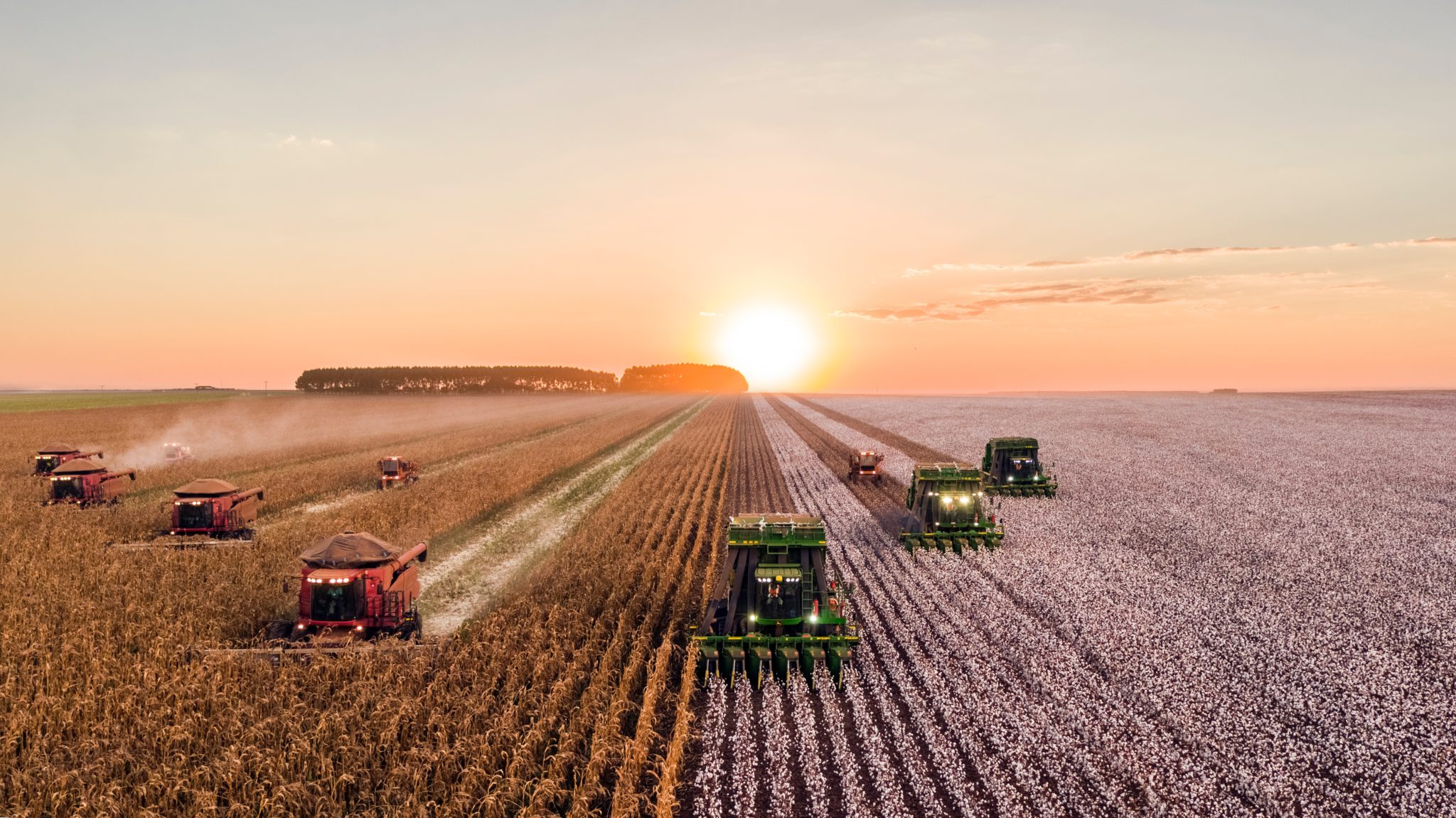When the prospect of feeding 10 billion people hovers over the horizon, food security has never meant as much as it does now. It begs to question how the planet plans to sustain an anticipated population of 10 billion people in 2050 when society can barely do that today.
In 2018, the Global Hunger Index (GHI) calculated that the world had reached a global hunger score of 20.9, indicating “serious” severity levels in worldwide hunger and undernutrition. Anything beyond a GHI score of 20 is “serious,” with only seven countries falling into the “alarming” category of over 35. In the Philippines alone, which fell into the “serious” category with a score of 20.2, the Social Weather Station estimates that 3.1 million families went hungry in the third quarter of 2018.
With the population growth gaining momentum and the agriculture sector already contributing almost a quarter of the world’s greenhouse gas emissions, it seems like an impossible obstacle to overcome.
It’s a never-ending balancing act to attain economic and environmental equilibrium.
Despite, or perhaps because of, the daunting task ahead of the agriculture and foodservice industries, the World Resources Institute (WRI) launched a report aptly titled Creating a Sustainable Food Future (in partnership with World Bank, UN Environment, UN Development Programme, CIRAD, and INRA) that proposes how to ensure food security for a fast growing population.
In 30 years, the demand for food is expected to rise over 50 percent, with the demand for animal-based products (namely meat, dairy, and eggs) expected to grow by 70 percent. The obvious course of action would be to increase food production. But as the last hundred years of climate change have proven, nothing is ever simple as that: There are an infinite number of variables that can affect, change, and degrade the ecosystem. It’s a never-ending balancing act to attain economic and environmental equilibrium. And unfortunately, agriculture is the world’s second-largest emitter of greenhouse gases after the energy sector. Aside from that, agriculture also sits at the center of issues like deforestation, malnutrition, biodiversity loss, and water scarcity.
With that said, the ultimate challenge is not just feeding 10 billion people but doing so in a sustainable manner that won’t reduce the planet’s chances of surviving altogether. Here’s WRI’s five-course “menu of solutions” to address the impending crisis:
Course 1: Reduce growth in demand for food and other agricultural products
First on the menu of solving the world’s food security problem is reducing food loss and waste. Just this month, Benguet farmers were forced to dispose of tons of vegetables due to oversupply and low prices. Meanwhile, in the US, an estimated $1,600 worth of food is thrown out by each American family per year. To address this, WRI suggests shifting to more sustainable diets with less beef and lamb; reducing organic products redirected to bioenergy, which it claims is harmful to the environment; and reducing population growth by advocating for reproductive health education.
Course 2: Increase food production without expanding agricultural land
The WRI estimates that the total amount of food we don’t eat is equivalent to 198 million hectares of agricultural land. That’s the size of Mexico—all gone to waste. WRI suggests that the solution is not to increase the amount of agricultural land but to increase productivity of the already existing land. This applies to livestock and cropland, and will require improving soil and water management.
Course 3: Protect and restore natural ecosystems and limit agricultural land-shifting
In line with the second course, WRI encourages the industry to limit agricultural land expansion in order to protect existing ecosystems. It’s no secret that hectares of forests are burned down to make way for cows to graze, and WRI is highlighting that fact. It also proposes reforesting abandoned, unproductive, and liberated agricultural lands.
Course 4: Increase fish supply
The old joke that cow farts contribute to climate change is not far off the mark. Over 14 percent of global greenhouse gas emissions are the result of livestock, according to the United Nations’ Food and Agriculture Organisation. Fish offer a healthier alternative for the environment and take up much less space. With improved fisheries and investment in aquaculture, lowered demand in cattle may prove beneficial in the long run.
Course 5: Reduce greenhouse gas emissions from agricultural production
The last course of WRI’s menu requires the innovation of every sector for new technologies and management systems to reduce emissions of everything from manure left in the pasture to rice paddies. Energy also plays a vital role in agriculture, and wind and solar energy may be the sector’s solution to the damage left by fossil fuels.
At the end of the day, it’s not just about producing food, but the way it’s produced—and consumed—and how it may hopefully create a domino effect to improve the state of the ecosystem altogether.





